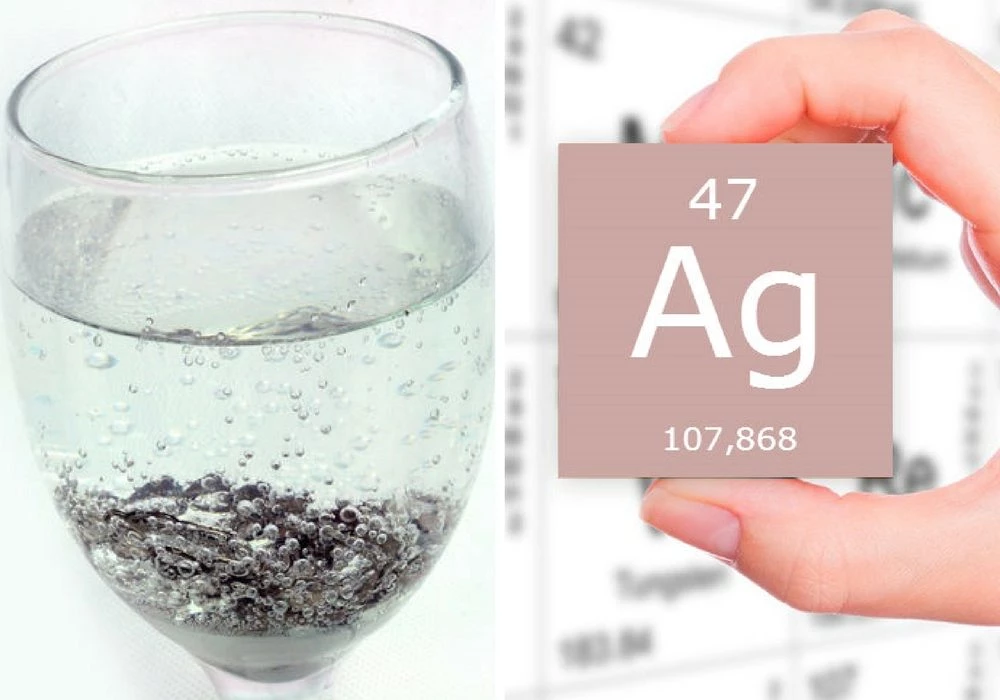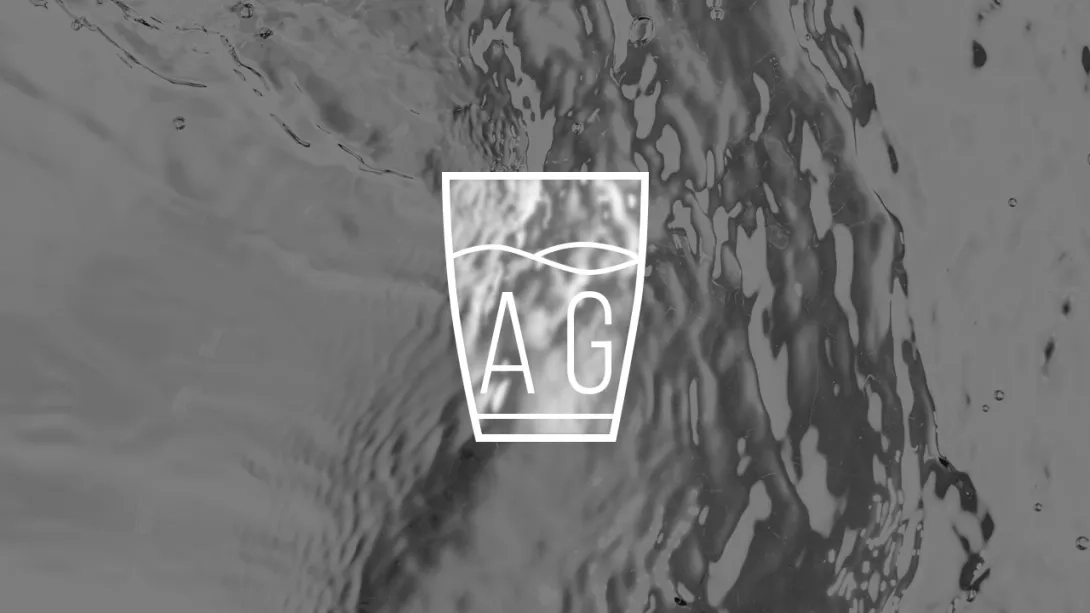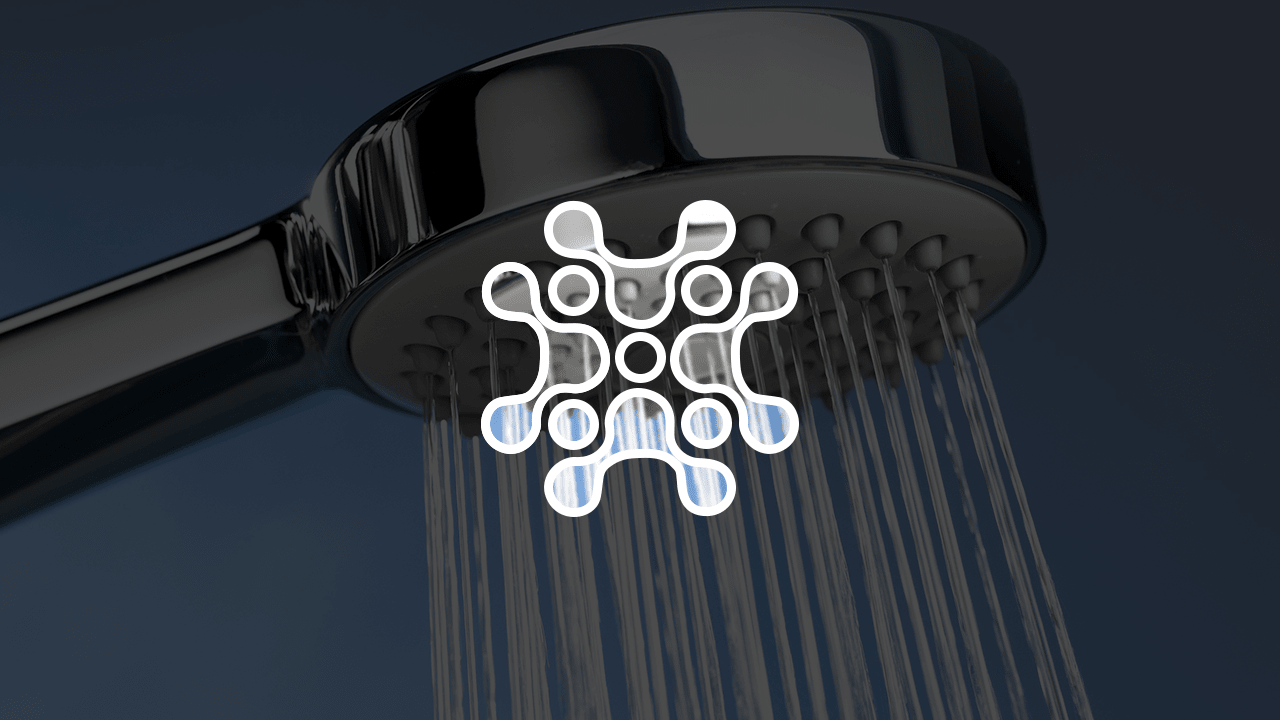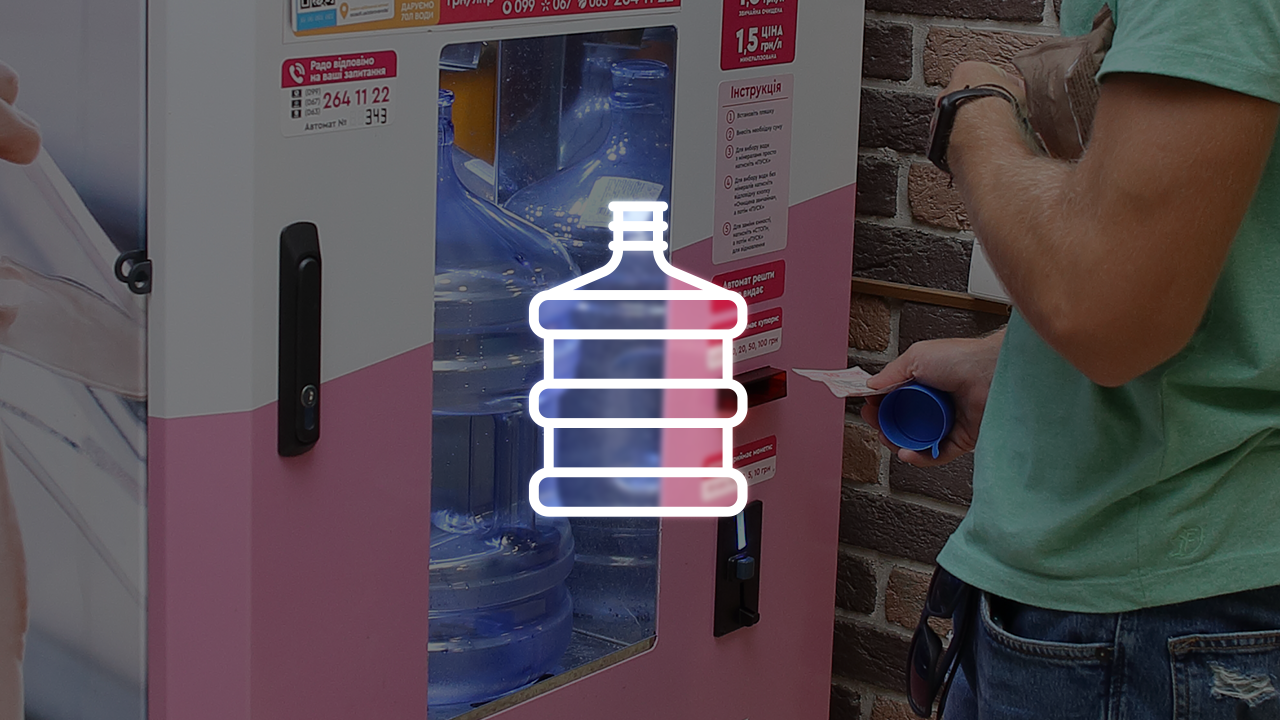Modern water purification methods are numerous and advanced, yet some people still resort to esoteric techniques that can be not only ineffective but also dangerous. One of these methods is using "silver water."
Today, let's dive into what silver water is, where it comes from, and how it is used—or rather, consumed.
Real properties of "silver water" and silver
Silver ions, like other elements of the sixth group of the Mendeleev periodic table, indeed have bactericidal properties. This is well-known, as there is sufficient research confirming this fact. Now, let's discuss the types of "silver water."
In nine out of ten articles about silver water, the first or second paragraph usually mentions Alexander the Great's army, which sterilized liquids by storing them in silver vessels. There are also mentions of silver jugs in ancient Rome, but where did these practices come from in the modern world?
First of all, it is true that silver ions have a bactericidal and healing effect. Before the invention of penicillin, silver solutions were used to wash wounds. However, after the development of the first antibacterial agents, silver solutions quickly fell out of medical practice as they proved less effective.
Numerous scientific publications exist on ionic and colloidal silver. Despite ongoing research since the 1960s, their miraculous properties have not been confirmed in clinical studies, unlike the identified side effects, which we will discuss below.
Ionic silver
Ionic silver is effective against bacteria, fungi, and viruses when its concentration in water ranges from 50 to 300 µg/L (0.05 - 0.5 mg/L), while the maximum allowable concentration is less than 0.025 mg/L. This means that if the silver concentration in water is higher, it becomes toxic and unsafe for drinking.
Fortunately, silver solutions are not widely marketed as a health product, although this form of silver is the most bioavailable and stable.
When searching online for how to make silver water at home, two methods are often found:
Steeping silver objects (spoons, coins, etc.).
Electrolytic method, where a small device is created to ionize water with silver.

To prepare silver water at home, a silver item (like a spoon or coin) is connected to the positive terminal of a battery or power supply using a copper wire. The negative terminal is connected to a stainless steel item (like a teaspoon). Once both items are submerged in water and the circuit is complete, the device is considered operational. This process indeed saturates the water with silver ions, but it is impossible to determine the concentration.
There are also commercial water ionizers that, unlike homemade devices, provide controlled silver content to prevent poisoning.
Colloidal silver
"Colloidal water" is distilled water containing suspended metallic silver particles ranging in size from 1 nm to several micrometers. These nano- and microparticles do not settle due to their small size. However, over time, they may coagulate and settle at the bottom, which is why stabilizing agents are often added. Due to optical effects, a concentrated colloidal silver solution typically has a dark red color. Dietary supplements containing colloidal silver usually have concentrations ranging from 10 to 200 ppm. No standardized level of colloidal silver in water exists.
According to reports from the responsible division of the U.S. National Institutes of Health, the effects of colloidal silver on the human body remain insufficiently studied. In 1999, the U.S. Food and Drug Administration (FDA) warned that colloidal silver is neither safe nor effective for treating any diseases. In particular, silver water is ineffective against cancer, SARS, and respiratory diseases.
Potential side effects of colloidal silver
Argyria — A condition where the skin turns blue due to the accumulation of silver sulfide formed from the reaction between silver and cellular sulfur.

One of the most famous cases of argyria involved Paul Karason, humorously nicknamed Papa Smurf. He consumed colloidal silver products for over 10 years to treat dermatitis. While he failed to cure his dermatitis, he did gain notoriety.
Reduced Absorption of Antibiotics and Thyroxine — Excessive silver intake can impair the absorption of antibiotics and thyroxine, a hormone used to treat thyroid dysfunction.
Silver water can be particularly dangerous for children, as heavy metals are more difficult to eliminate from a child's body.
The story of the silver spoon
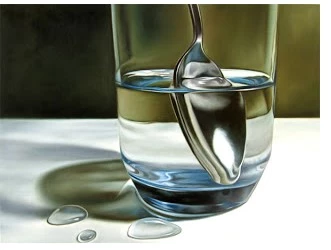 The tradition of soaking water with silver objects is widespread in the territories of the former Soviet Union, but similar practices are not commonly found in international sources.
The tradition of soaking water with silver objects is widespread in the territories of the former Soviet Union, but similar practices are not commonly found in international sources.
One version suggests that the tradition has religious roots. For example, it was believed that dipping a silver cross in water during Epiphany bestowed healing properties. However, it is likely that the popularity of silver water stemmed from the low level of education during the post-war period, when people knew that silver had antiseptic properties but did not understand that it was the solution, not the metal itself, that had an effect.
Chemical perspective
From a chemical standpoint, metallic silver is an inert material that does not react with water and, therefore, does not possess any bactericidal effect.
It is worth noting that soaking water with silver spoons or other objects is generally ineffective and harmless. However, negative consequences may arise if the water used is microbiologically contaminated. In such cases, bacterial colonies can multiply, posing a risk of prolonged diarrhea.
"Silver water" from natural sources
There are natural springs and bodies of water worldwide with elevated silver content. One of the most notable examples is the Ganges River in India. In some water samples from the Ganges, silver concentrations were observed at around 0.4 mg/L, significantly exceeding the recommended limit. This is partly why bathing in this river is considered a tradition, with some believing in its healing properties. However, the Ganges is also known as one of the most polluted rivers globally, contaminated with human waste and even remains, making it notorious for diseases like dysentery, salmonellosis, typhoid, and cholera.
There are also sources with elevated silver content in Ukraine, particularly in the Rivne and Zakarpattia regions.
Conclusions
Honestly, we found no evidence-based information on the benefits of silver water. Even those who promote it often mention potential side effects. Therefore, we do not recommend including it in your diet. Nevertheless, research on silver ions continues, and it is possible that silver salts may find broader medical applications in the future. For instance, methicillin-resistant Staphylococcus aureus, which is resistant to antibiotics, has no resistance to silver nitrate and other silver salts.
